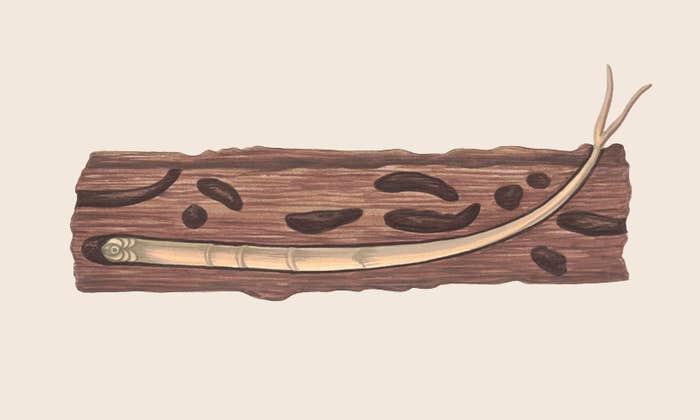Think of your favorite animal. Perhaps Harry Potter’s snowy owl comes to mind. Or, maybe the lion, king of the jungle? If we were to take our thought experiment under water, you might think of the massive whale shark, or the majestic sea turtle. Perhaps not. But I bet I can guess what wouldn’t come to mind. Freshwater fish rarely, if ever, have the celebrity status of these other animals. Yet, they can be just as fascinating.
Before working with the National Park Service to monitor Redwood Creek in Marin County, California, I never paid much heed to freshwater fish. Wading through the miles of river that Pacific salmon need to swim against to lay their eggs (with only the energy they accumulated before transitioning to fresh water), however, made me marvel at their tenacity.
This experience led me to join a freshwater ecology lab at the University of Washington, where I am currently a graduate student. Here, I have learned that catfish, to take just one example, can come in a variety of shapes, way beyond what you’d see in any market. They can be helicopter-shaped and even rival the size of a small car. Of all freshwater fish in the world, only about 20 percent are found in aquariums, markets, and elsewhere close to human civilization. Here’s a quick peek at a couple freshwater fish species among the other 80 percent.
Imagine if as a rite of passage into adulthood, you had to scale Mount Everest while torrents of water constantly pushed you back. As outlandish as this might seem, this is essentially what a number of Hawaiian gobies must contend with as they migrate from ocean to river to lay their eggs. The fish Sicyopterus stimpsoni has garnered the common name of Nopoli rockclimbing goby, and for good reason. For juveniles of this species, the steep mountainsides of Hawaii are what stand between them and their spawning grounds. While Pacific salmon can gracefully leap over short waterfalls, these gobies are only a few inches long and must scale the wall of a waterfall hundreds of feet tall!
The loss of these species would be the loss of a source of wonder that cannot be found anywhere else.
Perhaps even more astounding is the goby’s climbing apparatus: their mouths. I’m serious—these fish have modified sucker-like mouths that serve as a climbing aid, which they use to latch on to the side of rock faces while inching up massive waterfalls. This oddity is a case of exaptation, where a trait is used for a function outside what evolution selected that trait for. The gobies’ are rewarded for their grueling climb with refuge from aquatic predators that cannot hope to follow them.
Most species do not have the benefit of escaping predators via physical barriers, but some species have other clever solutions. Mudminnows, for example, are able to burrow into the mud to avoid predators. This behavior is also the basis of their ability to become dormant when their river habitat all but dries up, much like how a bear hibernates in the winter. Combined with a swim bladder that enables them to—wait for it—breathe air, these resilient species can survive in low-oxygen environments that many fish could not.
Freshwater fish are one of the most at-risk groups of species in the world. Despite making up less than 4 percent of the world’s water, freshwater environments such as lakes, rivers, and wetlands contain about 50 percent of the world’s fish species. And unfortunately, dam construction, habitat degradation, invasive species, overfishing, and climate change are leading to the decline of freshwater fish around the world. In North America alone, 700 species of freshwater fish are imperiled.
While working around Redwood Creek, I occasionally spoke to locals who would ask after the salmon runs. For those that have lived in the area for decades, they remember when each year would bring hundreds of migrating salmon. But spawning adult salmon numbered in the dozens at best during my year at Redwood Creek. In 2014, there were no adult salmon to be found. However, that has not stopped organizations like the National Park Service and the Golden Gate Parks Conservancy from fighting to save this species from local extinction.
If this decline continues, though, it could mean the loss of sources of food, income, and cultural identity symbols (the Murray cod, for example is an iconic Australian fish). Freshwater fish are also integral to freshwater food webs and crucial for maintaining the health of freshwater ecosystems. Without freshwater fish, some technology, such as improved military armor, may never have come to be. And, of course, the loss of these species would be the loss of a source of wonder that cannot be found anywhere else.
William Chen is a graduate student at the University of Washington, where he aims to answer basic ecological questions and provide mathematical tools to help manage natural resources. Follow him on Twitter @ChenWillMath.
The lead photograph is courtesy of Wellcome Images via Flickr.




























